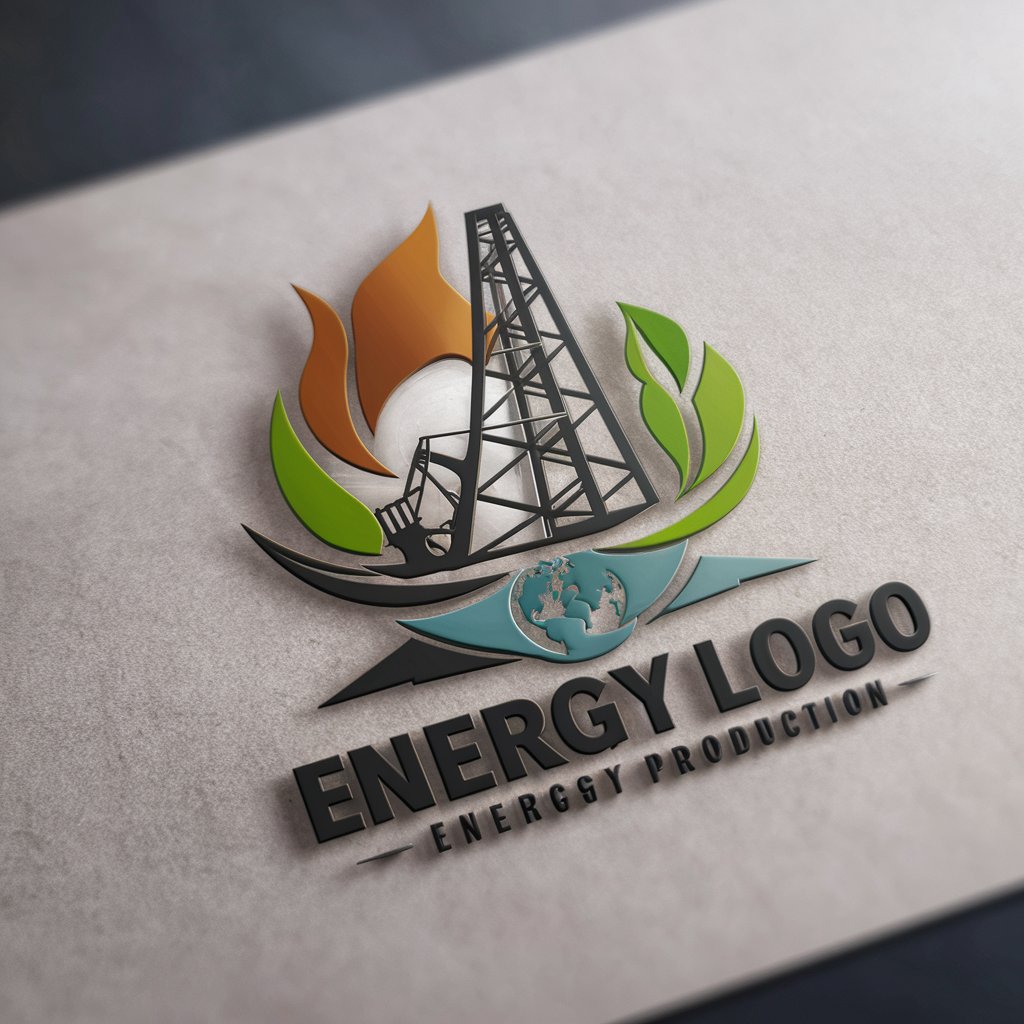
Oil Drilling - Oil Drilling Insights

Welcome! Let's explore the world of oil drilling and its environmental impacts.
Powering energy discussions with AI
Explain the process of offshore oil drilling and its environmental impacts.
How does hydraulic fracturing work, and what are its pros and cons?
Discuss the advancements in oil drilling technology and their effects on efficiency and safety.
What are the main environmental concerns associated with oil drilling and how can they be mitigated?
Get Embed Code
Introduction to Oil Drilling
Oil drilling is the process of extracting petroleum, a natural fossil fuel, from the Earth's subsurface. This complex operation involves several stages, from site selection based on geological surveys to the actual drilling and extraction of crude oil. The primary purpose of oil drilling is to tap into underground oil reservoirs and bring the oil to the surface for processing, refining, and eventually, use in various energy applications and products. Key technologies and methodologies in oil drilling include rotary drilling, where a drill bit cuts through the earth; directional drilling, allowing for drilling at various angles to reach reservoirs with minimal environmental impact; and offshore drilling, conducted on the ocean floor. Examples illustrating these aspects include the discovery and development of the Ghawar Field in Saudi Arabia, one of the largest oil fields in the world, showcasing advancements in drilling technology and techniques to access and efficiently exploit deep underground reservoirs. Powered by ChatGPT-4o。

Main Functions of Oil Drilling
Exploration and Site Assessment
Example
Geophysical surveys and seismic reflection methods
Scenario
Before drilling, exploration teams conduct geological surveys and seismic studies to identify potential oil reservoirs. For instance, the use of 3D seismic imaging technology has significantly improved the accuracy of identifying oil-bearing formations, reducing the environmental footprint by decreasing the number of dry wells.
Drilling Operations
Example
Use of drilling rigs and drill bits
Scenario
Once a promising site is identified, drilling operations commence using rigs equipped with drill bits to penetrate the earth's surface. An example includes the use of advanced drilling techniques like horizontal drilling in the Bakken Formation, North Dakota, which has enabled access to oil reserves previously deemed uneconomical, thereby boosting oil production while minimizing land use.
Extraction and Production
Example
Implementation of pump jacks and artificial lift technologies
Scenario
After reaching the oil reservoir, specialized equipment like pump jacks and submersible pumps are used to extract the oil. In the Permian Basin, artificial lift technologies have been critical in enhancing oil recovery rates, showcasing how continuous innovation supports the industry's efficiency and sustainability goals.
Ideal Users of Oil Drilling Services
Energy Companies
Major oil and gas corporations, independent operators, and national oil companies that are directly involved in the exploration, extraction, and production of oil. These entities benefit from oil drilling services by expanding their reserves, increasing production, and optimizing operational efficiency.
Environmental and Regulatory Agencies
Government bodies and environmental organizations focused on monitoring and regulating oil drilling activities to ensure compliance with environmental standards and sustainability practices. These groups utilize data and insights from drilling operations to make informed decisions on permits, regulations, and environmental protection measures.
Investors and Financial Analysts
Individuals and entities interested in the economic aspects of oil drilling, including investment opportunities and market analysis. They rely on detailed information about drilling operations, production potential, and technological advancements to assess the viability and profitability of investments in the energy sector.

How to Use Oil Drilling
Start Your Journey
Begin by visiting yeschat.ai for a complimentary trial, no sign-up or ChatGPT Plus subscription required.
Select Your Focus
Choose the oil drilling topic you're interested in, whether it's exploration, drilling technology, environmental impacts, or energy production.
Input Your Query
Enter your specific question or topic of interest related to oil drilling to receive tailored, in-depth information.
Explore Responses
Review the detailed, comprehensive answers provided, offering insights into technical, environmental, and policy aspects of oil drilling.
Deepen Your Understanding
Utilize follow-up questions to explore topics in greater depth or clarify any aspects of the initial response.
Try other advanced and practical GPTs
Engineering Mastermind
AI-powered Engineering Expertise at Your Fingertips

Calculus companion
Master calculus with AI-powered guidance.

Visual Thinker
Simplifying Complexity with AI-Driven Visuals

Developer Assistant
Empowering Developers with AI

Avada Expert
Elevate Your WordPress Site with AI-Powered Avada Support

Innovative Muse
Unleash Creativity with AI

Bunker Designer
Design Your Survival Bunker with AI

Pro Prompt Creator
Crafting precise AI-driven prompts.

진철 GPT
Empower creativity and productivity with AI

Modern Mythos
Unlock the world of myths with AI

Herbalist
Empowering herbal insights with AI

Yapay Zeka Satış Temsilciniz!
Empowering Your Fabric Choices with AI

Detailed Q&A about Oil Drilling
What is the process of oil drilling?
Oil drilling involves several steps, starting with geological surveying to identify potential oil reserves. Once a site is selected, drilling begins using a rig to reach the underground reservoirs. The process includes setting up the drill site, drilling the initial hole, then using specialized bits and drilling fluids to reach the target depth. Casing is installed to stabilize the well, and production equipment is set up to extract and process the oil.
How do environmental concerns impact oil drilling?
Environmental concerns significantly impact oil drilling, leading to stricter regulations and the development of more sustainable practices. Issues include habitat disruption, potential spills and leaks, water contamination, and emissions contributing to climate change. Companies are increasingly adopting measures to minimize these impacts, such as improved safety protocols, drilling in less sensitive areas, and investing in renewable energy sources.
What are the latest advancements in drilling technology?
Recent advancements in drilling technology include horizontal drilling and hydraulic fracturing, which allow for accessing reserves previously considered uneconomical. Other innovations include automated drilling rigs, eco-friendly drilling fluids, real-time data monitoring for efficiency and safety, and enhanced oil recovery techniques to increase yield from existing wells.
Can you explain the role of oil in global energy production?
Oil plays a crucial role in global energy production, serving as a primary energy source for transportation, heating, and the generation of electricity. It's valued for its energy density, ease of transport and storage, and versatility in refining into various fuels and chemicals. Despite the growth of renewable energy sources, oil remains a cornerstone of the global energy mix, especially in industries and regions where alternatives are not yet viable.
What are the steps towards reducing the environmental impact of oil drilling?
Reducing the environmental impact of oil drilling involves several strategies: implementing stricter environmental regulations, adopting best practices for drilling and production, investing in research and development of cleaner technologies, and transitioning towards renewable energy sources. Additionally, reclamation and restoration of drilling sites help mitigate habitat disruption, while carbon capture and storage technologies aim to address greenhouse gas emissions.